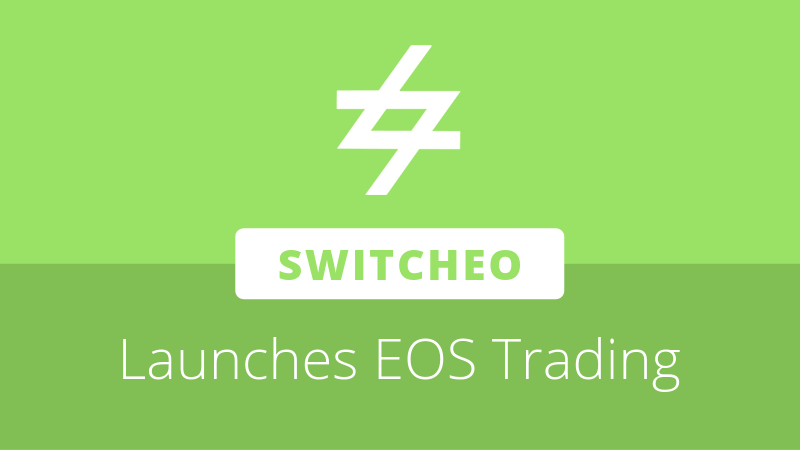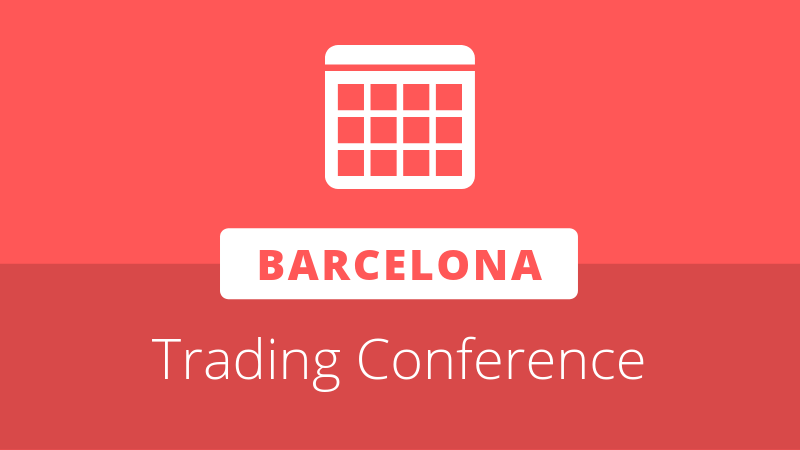
On May 14th, NEO leadership attended the Consensus 2019 cryptocurrency conference in New York City. NEO founder Da Hongfei gave a range of interviews with various media outlets, two of which were his “Real Talk” interview with the YouTube personality Crypto Finder, and Coindesk’s group-chat Q and A session. During the interviews, Hongfei discussed NEO’s growth and development, funding, roadmap, and cryptocurrency regulations in China. The following outlines various quotes offered by Hongfei on a range of topics during the two interviews.
“A Critical Moment”
“I think the blockchain industry is at a very critical moment,” Hongfei opined when asked about NEO 3.0. [Link] “The old architecture of a lot of blockchains [are limiting] the performance, stability, and functionality.” As an example, Hongfei cited Ethereum’s upcoming transition to a new Proof of Stake consensus model, away from its existing Proof of Work model.
“NEO is also evolving from NEO 2 to NEO 3. And NEO 3 will have a completely new architecture, we have more abstraction, we have more layered design.”
“We’ll have new functions like Internet Resource Access, you can call it oracles…we will have NEO ID, a digital identity module, NEOFS, the distributed file system module. A lot of new things.”
EcoBoost Fund
“The main work we do is to provide the best infrastucture for decentralized applications for projects who run NEO. But it’s pointless if we just build a road, and nobody use it.”
“So we need to devote some resources to help those dApps, help the ecosystem. We decided to separate $100 million USD equivalent of NEO tokens, reserved by NEO Foundation, to foster the ecosystem in the following years.” [Link]
NEO’s Infrastructure
“The design philosophy [is what makes] NEO really unique. We call this philosophy ‘pragmatic idealism’. We share the same vision as other blockchain supporters, but we are taking a different approach. We try to figure out what the obstacles are, and how to work around it. We try to be compatible with existing legal systems, financial systems.” [Link]
“One unique feature of NEO is our consensus mechanism…with dBFT, you have perfect finality. That means after you got one confirmation, the transaction is absolutely confirmed. You don’t have to wait for [two or three] confirmations, and you don’t worry about your transaction [being] reversed. It’s really suitable for financial scenarios.
Community
“I’m really proud of the community…we started from China. But these days, a lot of contributions to the codebase is not coming from China, it’s not coming from the internal team.” [Link]
“We have ten core developers. Most of them are out of China, and don’t speak any Chinese. We have hundreds of people contributing to the project, most of them are not from China.”
“It’s a very diversified community.”
Chinese Regulations
“I don’t see anything substantial will change in the near future. Our government is not encouraging any business related to speculation. If you are doing the technology, that’s encouraged. If you are encouraging or fuel speculation, it’s discouraged. It’s not even allowed.” [Link]
Hongfei also acknowledged China’s policy of controls of capital outflows as a major policy influence.
Ontology and NEO
“The main difference [between Ontology and NEO] is they are targeting different scenarios. Ontology is more about digital identity, it’s more about those trusted data linked to the digital identity.” [Link]
“NEO is more like a generic, general platform for smart contracts. And the consensus mechanism is different…Ontology uses VBFT. They use VRF, they use a random number to reach consensus.”
Migration to NEO 3.0
Regarding NEO 3.0, Hongfei reported, “We just announced NEO 3, but it will take a year or a year and a half” to get everybody migrated.”
“Most of the core developers at the protocol level is not in-house. They are from everywhere, in North America, in Europe.” [Link]
“But now, we are setting up a team of very talented developers in China, Shanghai, in-house. It will be a mixed mode. We’ll have some centralized, very high-efficiency team to do some work, and we also urge our community to contribute to the codebase.”
Decentralization
“Currently, we have around 200 MainNet nodes running at any time, but there are only seven consensus nodes. We have a decentralisation plan, but the problem is if we got decentralized too early, it will be very difficult for NEO to upgrade its technology. So until NEO is very stable, and we don’t need any major upgrades, the decentralization is still in progress.” [Link]
NEO Global Development
Hongfei commented on NGD’s spending, saying, “In the past three years, NEO Foundation spent seven percent of all the tokens. That’s way lower than expected.” [Link]
When asked about NGD’s newly opened Seattle office, Hongfei said, “The Seatlle office is led by former Microsoft executives. They are very good at getting developers on board. So the mission of Seattle office is to improve, dramatically improve, developer experience.” [Link]
“They will develop tools, or extensions, first for Visual Studio…That’s the first goal, later on, they will probably do more things.”
Da Hongfei is the founder of the NEO blockchain.







About The Author: Colin Closser
Colin Closser, M.D., was a speaker at the first NEO DevCon in San Francisco. A devoted contrarian, he has managed the improbable: a peaceful and healthy life, despite holding a medical degree. He aspires towards the wisdom of Michael Lewis and Nassim Nicholas Taleb.
More posts by Colin Closser